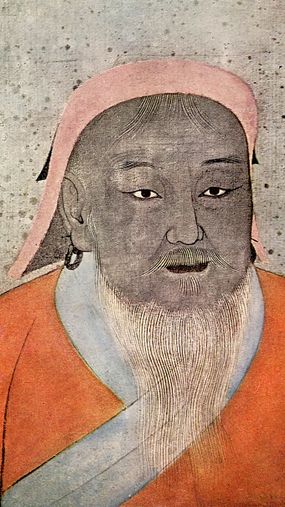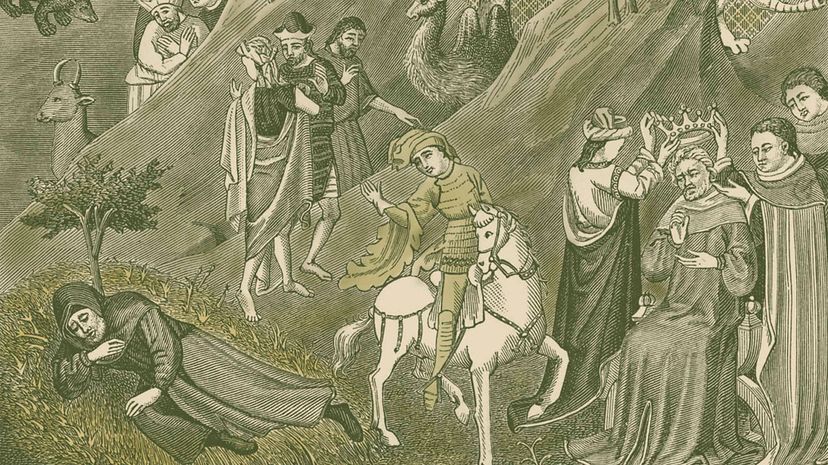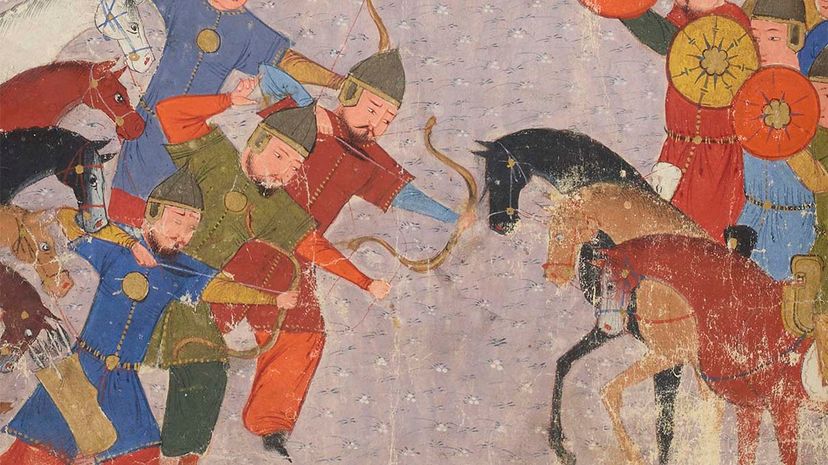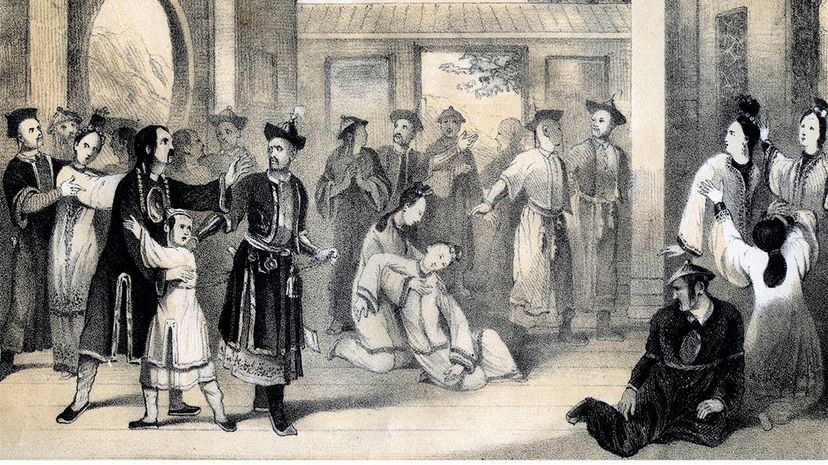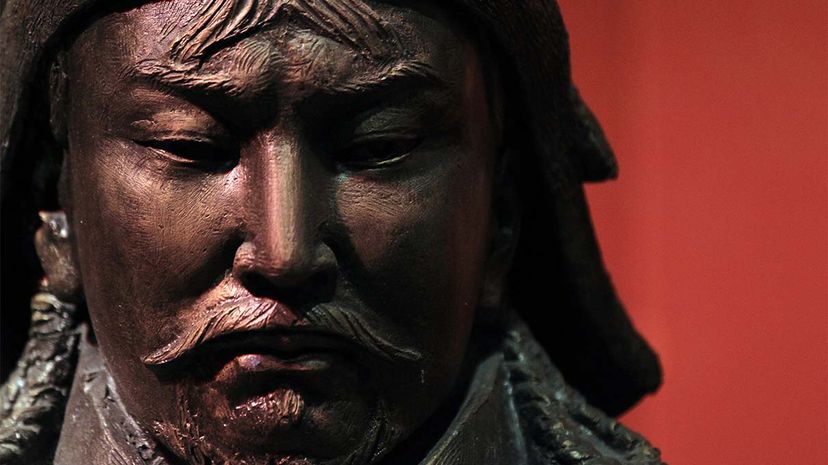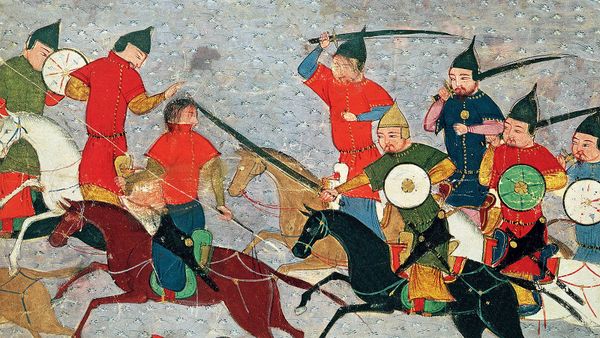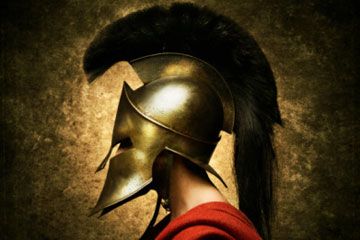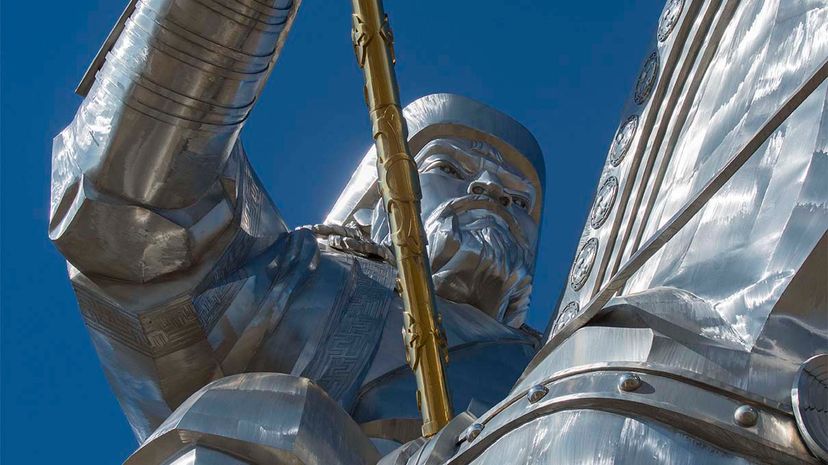
About 34 miles (54 kilometers) outside Ulaanbaatar, the capital city of Mongolia, an immense armor-clad warrior on horseback looms over the landscape. Standing 131 feet (40 meters) tall and fashioned from 250 tons of stainless steel, the grandiose figure stares out into the distance with a cold, cruel expression, as if he is contemplating new lands beyond the horizon to conquer [source: Atlas Obscura].
The real person depicted by the world's biggest equestrian statue, Mongol emperor Genghis Khan, was only slightly less fearsome in the flesh. In the early 1200s C.E., he brought together all the nomadic tribes of Mongolia into one formidable force, and then led them on a campaign of conquest that built the largest empire in human history, a realm that stretched from the Balkans across Asia to Korea, and from India in the south to Siberia in the north. Over about a quarter of a century, Genghis Khan seized more territory — between 11 and 12 million square miles (28.5 million to 31 million square kilometers) — than the Romans did in 400 years [source: Weatherford].
Advertisement
Even more amazingly, Genghis Khan — whose name means "universal ruler" — conquered that vast expanse with an army of just 100,000 men [sources: Bawden, Weatherford]. He won victory after victory by revolutionizing warfare, using quick, agile units of cavalry to outmaneuver numerically superior but slower-moving opponents on the battlefield, and employing guile to lure them into traps. When he laid siege to cities, he did so with a ferocious cruelty — catapulting flaming bombs and diseased animals over the walls, damming streams to create floods and starving populations into submission [source: Field Museum].
All this conquest resulted in a massive death toll — by one estimate, Genghis Khan was responsible for the demise of 37.5 million people [source: McGlynn]. Climate researchers have calculated that Genghis Khan depopulated so many regions with slaughter that forests grew in farm fields that lay uncultivated, absorbing so much carbon dioxide that the Mongol ruler actually cooled the planet [source: Hance]. At the same time, he and his male relatives apparently impregnated so many women in their realm that a 2003 genetic study found that 16 million modern men living in the former Mongol realm — about 0.5 percent of the world's male population — are their descendants [source: Mayell].
But Genghis Khan shook up the medieval world in other ways, reshaping national boundaries and forging new diplomatic and economic relationships that still exist today. And the man who accomplished this was the illiterate son of a family of outcasts, whose sheer tenacity, brilliance and toughness enabled him to overcome those obstacles and become one of the most powerful and influential figures in history.
Advertisement
